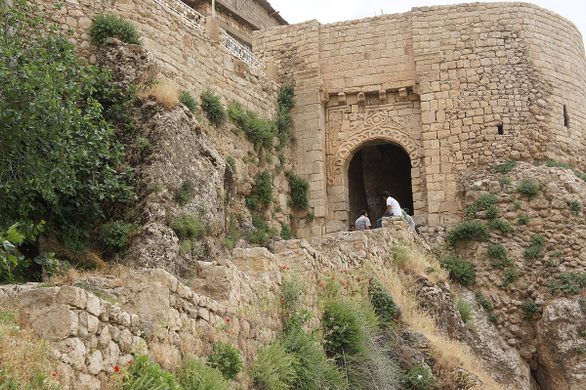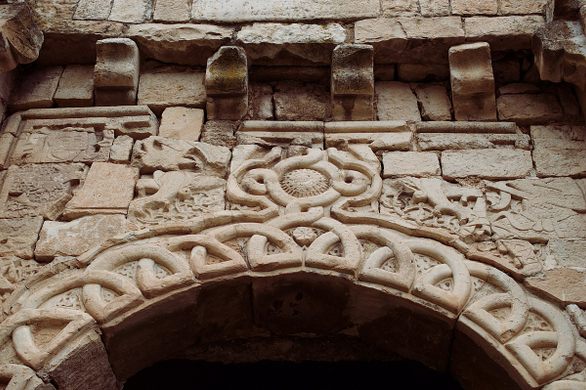Bahdinan Gate
This beautiful arched gate is all that remains of the fortress the ancient mountaintop town of Amadiya once was.
Amadiya, in Iraqi Kurdistan, is one of those cities whose history is so long it approaches the unbelievable. It is estimated that there was a stable settlement at this site thousands of years ago, part of the Assyrian Empire. It is also said to be the birthplace of the Three Wise Men, the Biblical Magi that made a pilgrimage to Bethlehem to bring presents to Jesus Christ upon his birth.
Several centuries and empires later, Amadiya was conquered by the Arabs, and in the 7th century a pasha began to be the ruler of Amadiya (or Amedi in Kurdish). It wasn’t until centuries later, during the Bahdinan Emirate (1376-1843), that Amadiya became known as a place where Muslims, Christians, and Jews could live side by side in peace. It was also during this time that the Bahdinan Gate was built.
Perched on the western slopes of Amadiya, the arched stone gate was once the only entryway into the fortified town. A large, winding stone staircase goes through the 13-foot-wide gate, which bears four carvings of people whose identity is unclear. Some historians think they could be Parthian kings from the 3rd century, suggesting this entrance had been in use for several centuries before the gate was built. The arch is adorned with an effigy of the sun, a recurring symbol in Kurdish architecture, enclosed by a cord with four knots, representing the geopolitical significance of the ancient city.
Know Before You Go
The Bahdinan Gate is also called Sipna Gate, Mosul Gate, Western Gate or just the Old Gate.



















Follow us on Twitter to get the latest on the world's hidden wonders.
Like us on Facebook to get the latest on the world's hidden wonders.
Follow us on Twitter Like us on Facebook